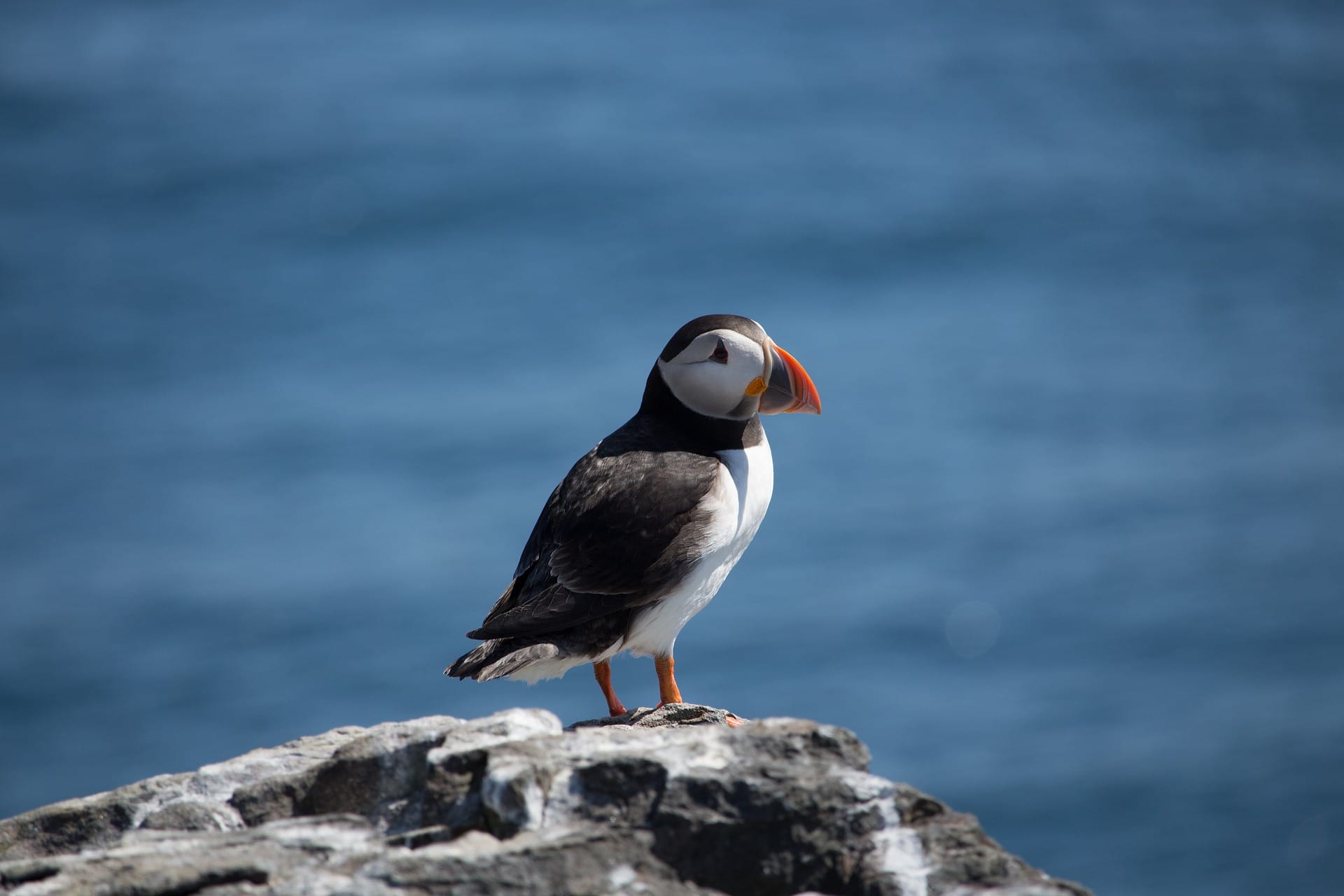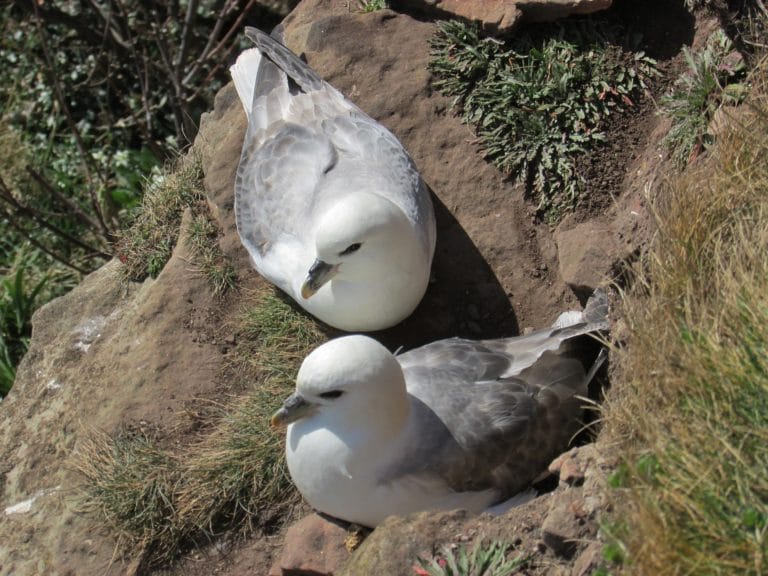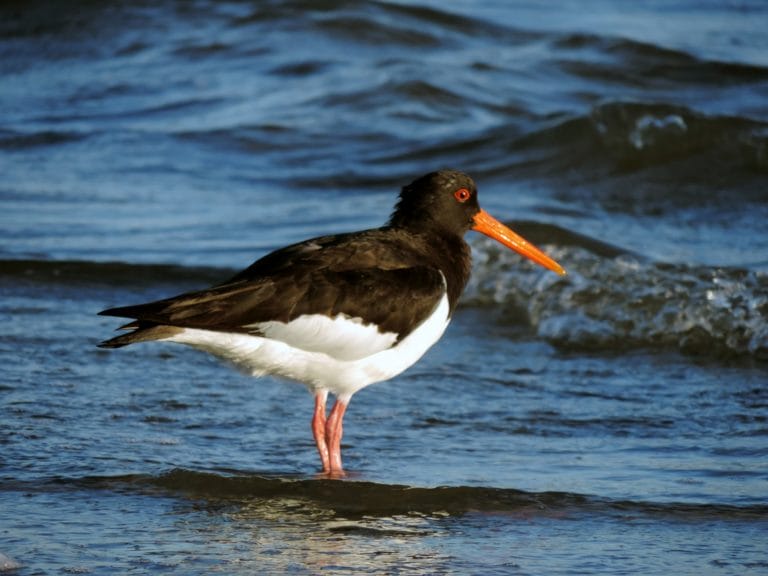Sanctuaries on our Shores
The environment around our lighthouses is a sanctuary for wildlife wet, winged and woolly.
Lighthouses are by definition exposed to the elements, standing tall on rocky precipices, battered by the wind and pummelled by the waves.
Yet a lighthouse often also marks the entrance to a quiet cove, tidy harbour or the beginning of more sheltered coastal land.
Far enough from the bustle of our busier towns and cities, some of the Great Lighthouses of Ireland are perfect starting points from which to explore sanctuaries for wildlife wet, winged and woolly!

Striking Seabirds
Easily the best known of these is at Rathlin West Lighthouse on Rathlin Island, County Antrim, Northern Ireland’s only inhabited offshore island. The breeding seabird colony takes up residence on the western end of the island at the Royal Society for the Protection of Birds Seabird Centre at the Kebble National Nature Reserve, and it is truly a sight to behold.
The cliffs and sea stacks put the throngs of boisterous birds on vertical display to great effect. Thousands upon thousands of the island’s biggest and most striking seabirds – auks, guillemots, razorbills, kittiwakes and fulmars – lay eggs and raise their hardy young on bare ledges over death-defying drops. Back on horizontal land, look out for moon-faced puffins’ burrows, and the legendary – and large – golden hare bounding over the grassland.

Beach Beauties
Visitors to Ballycotton Lighthouse in Cork can easily explore the nearby beach at Ballynamona, a wildlife sanctuary where herons, oystercatchers and sandhoppers nab rich pickings from the bountiful tide.
But don’t forget that not all habitats can be explored from the shoreline; St John’s Point in Donegal is one for the wetsuit brigade. At Coral Beach, which runs right up to the lighthouse, you can enjoy one of the best scuba diving spots in Ireland, known for its crystal clear waters.

Coming back up for air, you can also visit sanctuaries of a more ‘curated’ variety, such as the surprising sub-tropical gardens at Glanleam House on the northeast of Valentia Island. An extraordinary feat of engineering and horticulture, the gardens were planted with an extensive collection of rare and tender plants from South America, Australia, New Zealand, Chile and Japan by Sir Peter George Fitzgerald, the 19th Knight of Kerry, in the 1930s.
The gardens, which are open to the public, are laid out in a series of walks for visitors to admire the lush, exotic flora of the mildest microclimate in Ireland, just a windbreak away from the roaring Atlantic.
Take your pick of coastal environments to explore, plan your lighthouse visit here!


